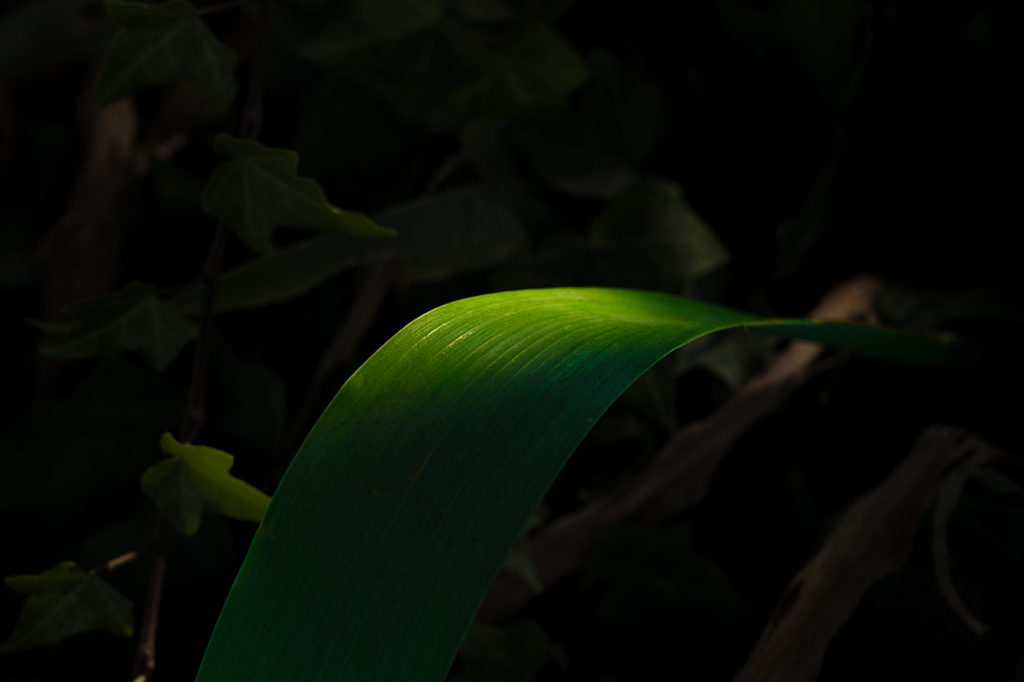In photography, it is often thought that we need better scenes in order to take better pictures. For example, National Geographic photographer Jim Richardson said “If you want to be a better photographer, stand in front of more interesting stuff.” This seems to reflect a common perspective.
The implication is that there are places which lack interesting stuff, so we need to go elsewhere.
This is often exemplified by people going to extreme locations in order to get great pictures. And of course, they are often successful because there are indeed wonderful things to see there.
If we believe this, then we are likely to act in accordance, and travel more and more seeking these great scenes. We will come to believe that doing so is necessary. In addition, we’ll notice other photographers who agree, such as Jim Richardson, and notice how many books, magazines, and other media reinforce this idea that good photography is about finding good locations.
This process can become self-fulfilling, so that when not in a spectacular locale, we may believe that there is nothing worth taking pictures of. This seems even more true for more familiar places. We’ve already seen everything that’s there, why expect to see something new?
This whole process becomes a self-fulfilling spiral in which we train ourselves to ignore what’s around us, use the belief to justify travel, and end up gathering more and more experiences and examples that prove how right this perspective is.
However, there are other photographers who disagree with this, and this shows how important it is to avoid such self-reinforcing spirals. It takes effort, but we can train ourselves to see better, to look more closely and with more open eyes to what is right in front of us, even when it is very familiar.
Consider the following quotes:
“I am not interested in shooting new things – I am interested to see things new.”
— Ernst Haas
“My ultimate goal is to try to make the ordinary look extraordinary.”
— Martin Parr
“The camera is an instrument that teaches people how to see without a camera.”
— Dorothea Lange
In addition, suppose learning to see better can help us learn to think better. The type of self-reinforcing behavior here is like confirmation bias, a tendency that we have to look at the world in ways that confirm what we already think. The process of looking closer is a type of attention that can help us avoid this tendency, to seek perspectives that are different that we already have.
This is a healthy practice, in photography as in the rest of life.
